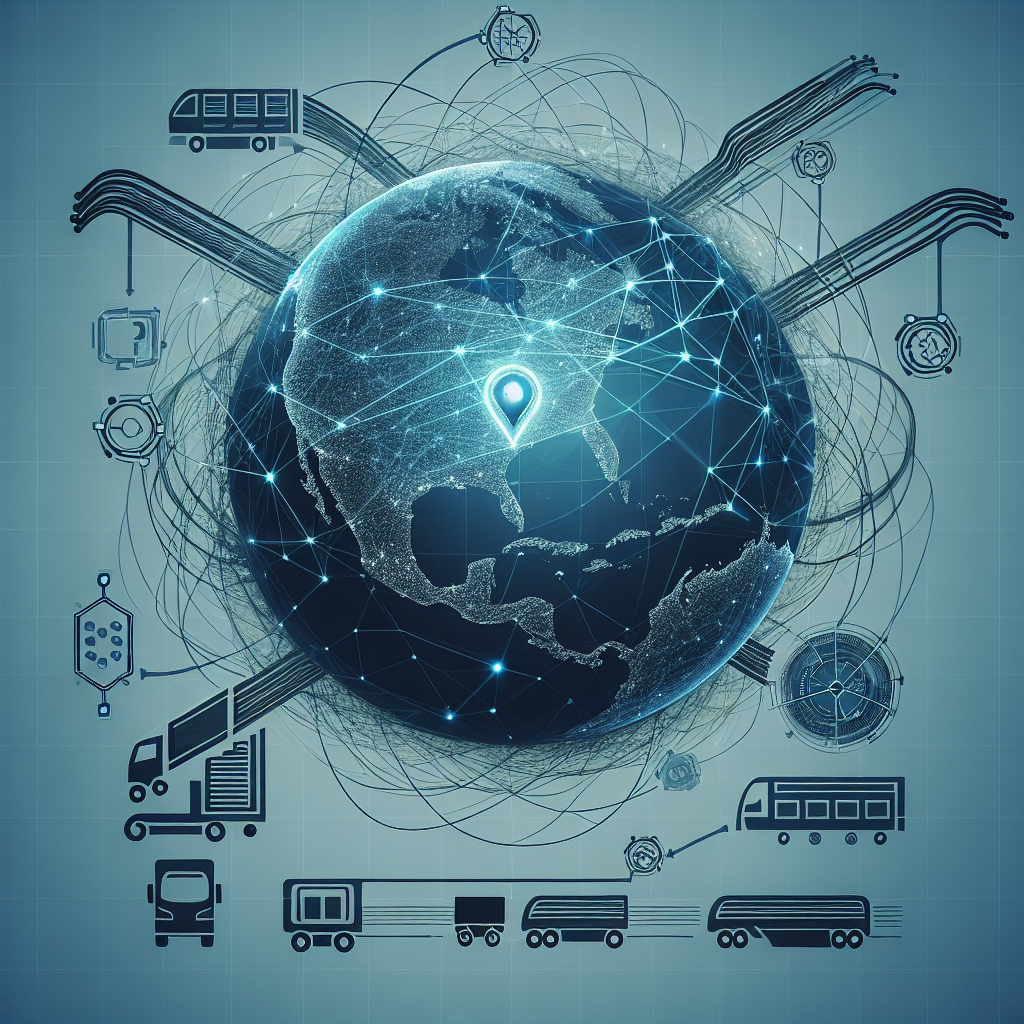Enhancing Predictive Analytics in Transportation with AI Technology
In recent years, the transportation industry has seen significant advancements in predictive analytics thanks to the integration of artificial intelligence (AI) technology. Predictive analytics in transportation involves using historical data, real-time information, and machine learning algorithms to forecast future events and trends in the industry. By leveraging AI technology, transportation companies can make more informed decisions, optimize operations, and improve overall efficiency.
AI technology has revolutionized predictive analytics in transportation by enabling companies to process and analyze massive amounts of data in real-time. This technology can extract valuable insights from diverse datasets, such as weather patterns, traffic conditions, and customer preferences, to make accurate predictions about future events. By using AI-powered predictive analytics, transportation companies can anticipate demand, optimize routes, predict maintenance issues, and improve customer satisfaction.
One of the key benefits of enhancing predictive analytics in transportation with AI technology is the ability to optimize route planning. By analyzing historical data and real-time information, AI algorithms can identify the most efficient routes for vehicles based on factors such as traffic conditions, weather patterns, and delivery schedules. This enables transportation companies to reduce fuel costs, minimize delivery times, and improve overall performance.
Another advantage of using AI technology for predictive analytics in transportation is the ability to predict maintenance issues before they occur. By analyzing data from sensors installed in vehicles, AI algorithms can detect patterns that indicate potential maintenance problems, such as engine malfunctions or tire wear. This proactive approach to maintenance can help transportation companies avoid costly breakdowns, reduce downtime, and extend the lifespan of their vehicles.
Furthermore, AI technology can enhance predictive analytics in transportation by enabling companies to forecast demand more accurately. By analyzing historical sales data, customer behavior, and market trends, AI algorithms can predict future demand for transportation services with greater precision. This allows companies to optimize their inventory levels, adjust pricing strategies, and improve resource allocation to meet fluctuating demand.
In addition to optimizing route planning, predicting maintenance issues, and forecasting demand, AI technology can also improve customer satisfaction in the transportation industry. By analyzing customer feedback, social media interactions, and other sources of data, AI algorithms can identify patterns that indicate customer preferences and trends. This enables transportation companies to personalize their services, offer tailored promotions, and provide a more seamless experience for customers.
Overall, enhancing predictive analytics in transportation with AI technology offers numerous benefits for companies in the industry. From optimizing route planning and predicting maintenance issues to forecasting demand and improving customer satisfaction, AI-powered predictive analytics can help transportation companies make smarter decisions, reduce costs, and enhance overall efficiency.
FAQs
Q: How does AI technology improve predictive analytics in transportation?
A: AI technology enables transportation companies to process and analyze massive amounts of data in real-time, extract valuable insights, and make accurate predictions about future events. By leveraging AI algorithms, companies can optimize route planning, predict maintenance issues, forecast demand, and improve customer satisfaction.
Q: What are the key benefits of enhancing predictive analytics in transportation with AI technology?
A: Some of the key benefits include optimizing route planning to reduce fuel costs and minimize delivery times, predicting maintenance issues to avoid costly breakdowns and downtime, forecasting demand more accurately to optimize inventory levels and pricing strategies, and improving customer satisfaction by personalizing services and offering tailored promotions.
Q: How can transportation companies integrate AI technology into their predictive analytics processes?
A: Transportation companies can integrate AI technology into their predictive analytics processes by investing in AI-powered software solutions, hiring data scientists and AI experts, and implementing AI algorithms to analyze data from various sources, such as sensors, customer feedback, and market trends.
Q: What are some examples of AI applications in predictive analytics for transportation?
A: Some examples include using AI algorithms to optimize route planning based on traffic conditions and delivery schedules, predict maintenance issues by analyzing data from vehicle sensors, forecast demand by analyzing historical sales data and customer behavior, and improve customer satisfaction by personalizing services based on customer preferences.
Q: How can transportation companies measure the effectiveness of AI-powered predictive analytics?
A: Transportation companies can measure the effectiveness of AI-powered predictive analytics by tracking key performance indicators, such as fuel costs, delivery times, maintenance expenses, customer satisfaction scores, and revenue growth. By analyzing these metrics, companies can assess the impact of AI technology on their operations and make data-driven decisions to improve performance.
In conclusion, enhancing predictive analytics in transportation with AI technology offers numerous benefits for companies in the industry. By leveraging AI algorithms to analyze data and make accurate predictions, transportation companies can optimize route planning, predict maintenance issues, forecast demand, and improve customer satisfaction. With the integration of AI technology, the transportation industry is poised to become more efficient, cost-effective, and customer-centric in the years to come.

